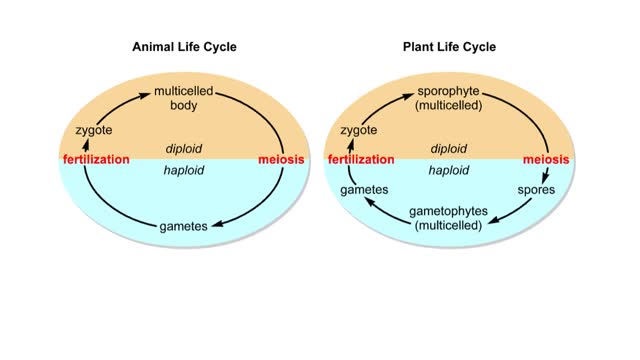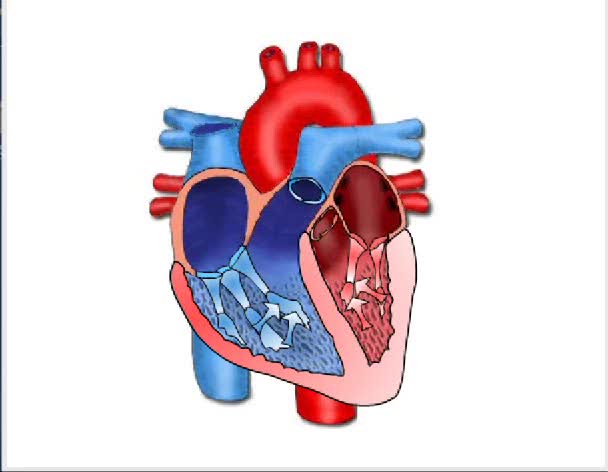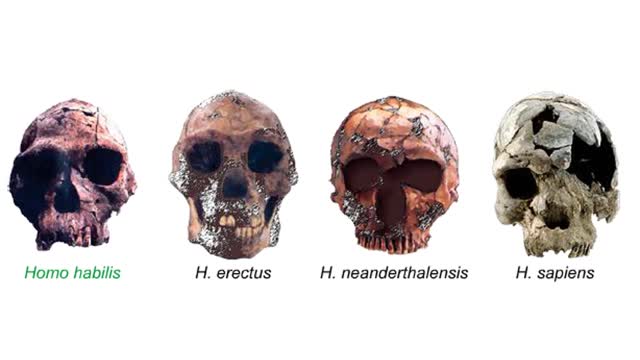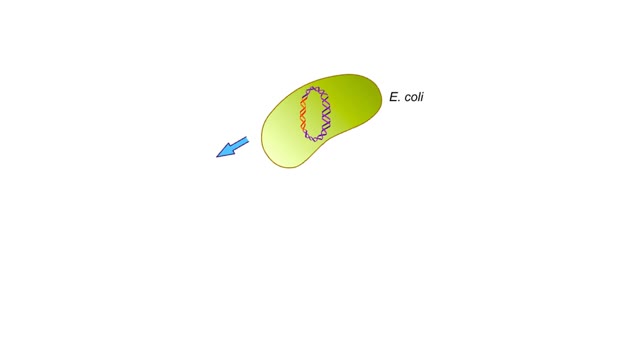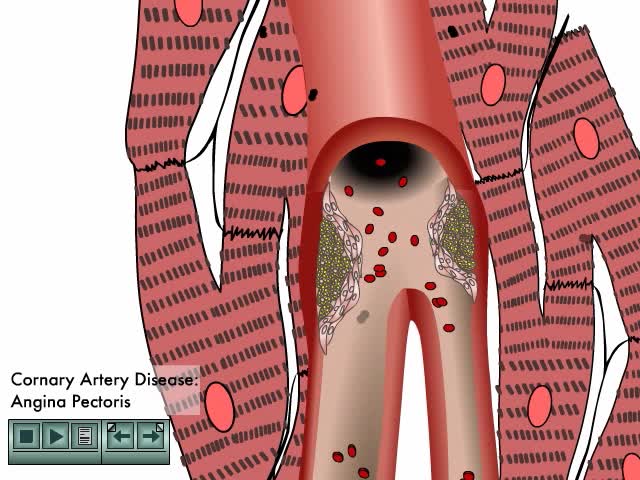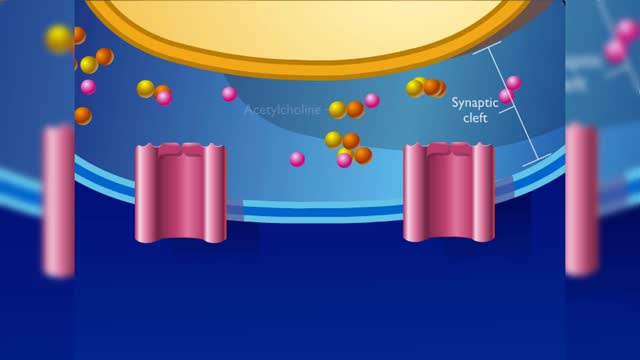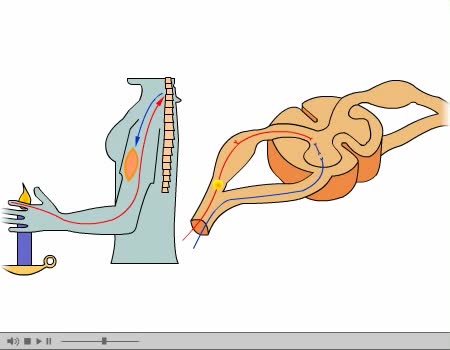Search Results
Results for: 'Photosynthesis - How it works! (Animation)'
Generalized life cycles for plants and animals Animation
By: HWC, Views: 5236
But the life cycles of plants and animals differ in their details. In animals, a multicelled diploid stage gives rise to single-celled haploid gametes, the eggs and sperm. These gametes combine at fertilization to form a diploid zygote, which grows and develops into a new multicelled animal...
By: Administrator, Views: 14648
Hemodynamics is the dynamics of blood flow. The circulatory system is controlled by homeostatic mechanisms, such as hydraulic circuits are controlled by control systems. Hemodynamic response continuously monitors and adjusts to conditions in the body and its environment.
Primate Evolutionary Tree Animation
By: HWC, Views: 7048
Presumed evolutionary branchings in the primate family tree. The first primates arose between 85 and 65 million years ago. The common ancestor of apes and hominids branched off from Old World monkeys about 23 million years ago. The hominid lineage, which includes humans and earlier humanlik...
Origin of organelles Animation
By: HWC, Views: 4686
Possible origins of the nucleus and other organelles. Some prokaryotic cells have infoldings of their plasma membrane. These infoldings may have served as channels from the cytoplasm to the cell surface. These membranous folds may have evolved into the endoplasmic reticulum and the nuclear e...
Coronary Heart Disease Animation
By: Administrator, Views: 14481
Arteriosclerotic heart disease occurs when arterial vessels are marked by thickening, hardening, and loss of elasticity in arterial walls. Course of cardiovascular disease accelerates due to: Reduced blood flow Rlevated blood lipids Defective endothelial repair
Peptide Bond Formation Animation
By: HWC, Views: 4826
During protein synthesis, peptide bonds link amino acids together in the order specified by DNA instructions. In this case, the first two amino acids in the protein are methionine and alanine. Here are ball-and-stick models of these amino acids. Peptide bond formation is a type of condensatio...
By: Administrator, Views: 14203
A reflex arc is a neural pathway that controls a reflex. In vertebrates, most sensory neurons do not pass directly into the brain, but synapse in the spinal cord. This allows for faster reflex actions to occur by activating spinal motor neurons without the delay of routing signals through the bra...
By: Administrator, Views: 14384
The cerebral cortex (plural cortices), also known as the cerebral mantle, is the outer layer of neural tissue of the cerebrum of the brain, in humans and other mammals. It is separated into two cortices, by the longitudinal fissure that divides the cerebrum into the left and right cerebral hemisp...
Advertisement



